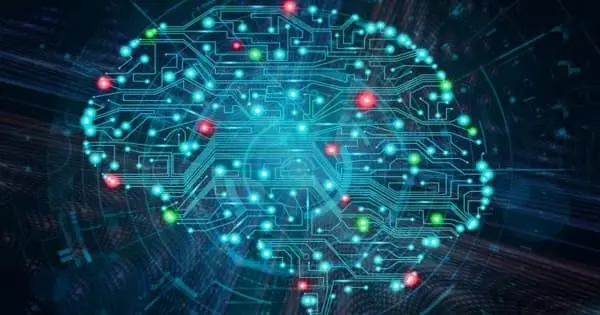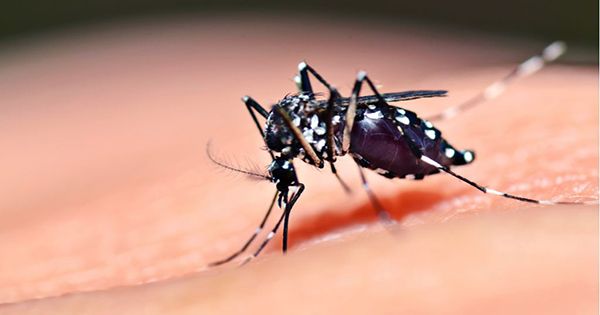Researchers have successfully developed artificial intelligence technology that can extract hidden equations of motion from regular observational data and generate a model that adheres to physical laws. This technology has the potential to reveal the hidden equations of motion underlying phenomena for which the laws have previously been deemed inexplicable. For example, it may be possible to investigate ecosystem sustainability using physics-based knowledge and simulations.
Researchers from Kobe University and Osaka University have successfully developed artificial intelligence technology that can extract hidden equations of motion from regular observational data and create a model that adheres to physical laws. Associate Professor YAGUCHI Takaharu and Ph.D. student CHEN Yuhan (Graduate School of System Informatics, Kobe University) were part of the research team, as was Associate Professor MATSUBARA Takashi (Graduate School of Engineering Science, Osaka University).
These findings were made public at the Thirty-fifth Conference on Neural Information Processing Systems (NeurIPS2021), a meeting on artificial intelligence technologies. This study was chosen as one of the top 3% for the spotlight category.
Main Points –
- Using artificial intelligence to model (formulize) physical phenomena could result in extremely precise, high-speed simulations.
- In current artificial intelligence methods, transformed data that fits the equation of motion is required. As a result, applying artificial intelligence to actual observational data for which the equations of motion are unknown is difficult.
- The research team used geometry to create artificial intelligence capable of detecting the hidden equation of motion in observational data (regardless of format) and modeling it accordingly.
- In the future, it may be possible to discover the hidden physical laws behind phenomena that that had previously been considered to be incompatible with Newton’s Laws, such as ecosystem changes.
- This will enable us to carry out investigations and simulations related to these phenomena using the laws of physics, which could reveal previously unknown properties.
Predictions of physical phenomena are typically made using supercomputer simulations. These simulations employ mathematical models based on physical laws; however, if the model is not highly reliable, the results will be unreliable as well. As a result, developing a method for producing highly reliable models from observational data of phenomena is critical. Furthermore, the range of physics applications has expanded beyond our predictions in recent years, and it has been demonstrated that Newton’s Laws can be applied to other aspects, such as part of a model to show ecosystem changes. However, for many cases, a concrete equation of motion has yet to be discovered.

Research Methodology
This study devised a method for discovering novel equations of motion in observational data for phenomena to which Newton’s Laws can be applied. Previously, research into determining equations of motion from data had been conducted; however, the prior method required the data to be in the appropriate format to fit its assumed special form of the equation of motion. However, there are many cases in practice where it is unclear which data format should be used, making it difficult to apply realistic data.
In response, the researchers reasoned that the appropriate transformation of observational data is analogous to coordinate transformation in geometry, thus resolving the issue by applying the geometric idea of coordinate transformation invariance found in physics. This necessitates illuminating the unknown geometric properties underlying phenomena. The research team was later successful in developing AI that can detect these geometric properties in data. If equations of motion can be extracted from data, these equations can be used to create physical-law-compliant models and simulations.
Further Developments
Physics simulations are used in a variety of fields, such as weather forecasting, drug discovery, building analyses, and car design, but they typically necessitate extensive calculations. However, if AI can learn from data of specific phenomena and build small-scale models using the proposed method, it will simplify and speed up calculations that adhere to physical laws. This will help the development of the aforementioned fields.
Furthermore, we can apply this method to aspects that appear to be unrelated to physics at first glance. If equations of motion can be extracted in such cases, it will be possible to conduct physics knowledge-based investigations and simulations on phenomena that were previously thought to be impossible to explain using physics. For example, it might be possible to uncover a hidden equation of motion in animal population data that demonstrates the change in the number of individuals. This could be used to investigate ecosystem sustainability by applying the appropriate physical laws (eg. the law of conservation of energy, etc.).
















